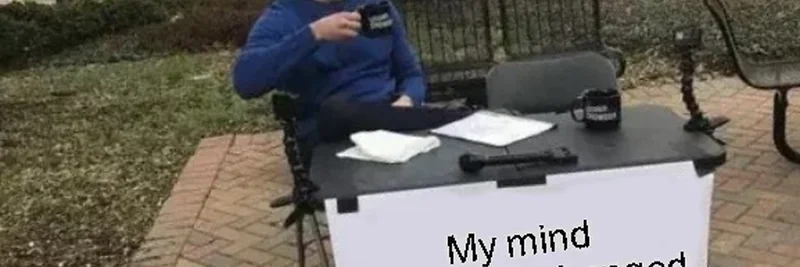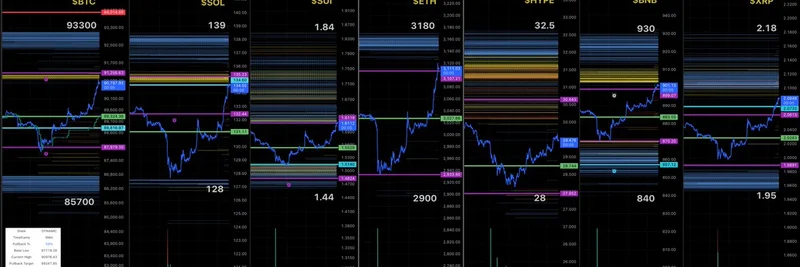In the ever-evolving world of blockchain, where meme tokens thrive on community hype and decentralized decision-making, a recent thread on X (formerly Twitter) caught my eye. Posted by Takisoul (@Milimalism), a Solana power user deeply involved in DAOs like Realms, Island DAO, and Athens DAO, the discussion dives into the interplay between DAOs, futarchy, and other governance models. It's a reminder that in the crypto space—especially for meme tokens—governing capital and coordination without centralized "kings" is an ongoing experiment.
Let's break it down. Futarchy, for those new to the term, is a governance system proposed by economist Robin Hanson. It uses prediction markets to make decisions: you bet on outcomes tied to specific metrics, and the market decides the best path based on what people are willing to stake. "Futards" (futarchy enthusiasts) sometimes claim it solves coordination problems by replacing messy human philosophy with cold, hard math. But as Takisoul points out, that's a mistake.
The thread kicks off with this insight:
the futard mistake is thinking the experiment is over and that futarchy “solved” coordination.
that math replaced philosophy.
It hasn’t.
DAOs, Futarchy, Sowellian, these aren’t enemies. They’re modules.
different layers of the same experiment: how to govern capital and coordination without kings.
Here, "Sowellian" might nod to ideas inspired by economist Thomas Sowell, emphasizing knowledge problems and decentralized decision-making—fitting for blockchain. The key takeaway? These aren't competing ideologies; they're tools in a toolkit.
Takisoul elaborates:
markets measure success; governance measures significance.
DAOs measure significance through collective intention.
it’s a structure to what a community chooses to care about.
sure, votes, discussions, proposals, all of that is a slow, messy process of deciding what’s worth optimizing in the first place.
markets can tell you the most profitable path, but not whether that path aligns with your purpose.
DAOs make that purpose explicit.without both, the network collapses into either tyranny or entropy.
This resonates deeply with meme token ecosystems. Think about popular Solana-based memes like Dogwifhat or Bonk—their success hinges on community-driven narratives. A DAO can formalize what the community values (fun, charity, or moonshots), while futarchy-like mechanisms could optimize for profitability. Without balancing the two, you risk either a dictatorial dev team (tyranny) or aimless drift (entropy).
The thread sparked a reply from KEMOSABE (@KEMOS4BE), a founder in the DAO space:
DAOs make purpose explicit, yes, but they often end up clinging to that purpose after it has become irrelevant.
Biggest issue is open-ended purpose rather than temporal.
IMO 99% of DAOs have been set up wrong because they don't know what conditions under which they "die"
Accompanying this was a cheeky meme, highlighting the stubbornness that can plague DAOs:
It's spot-on. Many meme token DAOs start with high energy but fade when the initial hype dies. Setting temporal goals—like dissolving after a certain milestone—could prevent zombie DAOs that outlive their usefulness.
For blockchain practitioners building or investing in meme tokens, this thread is a goldmine. It underscores why integrating DAOs with market-driven tools like futarchy can create resilient communities. If you're in the Solana ecosystem, check out tools like Realms DAO for hands-on governance.
As meme tokens continue to blur the lines between fun and finance, conversations like this help us build better. What's your take—do DAOs need an expiration date? Dive into the original thread and join the discussion.


